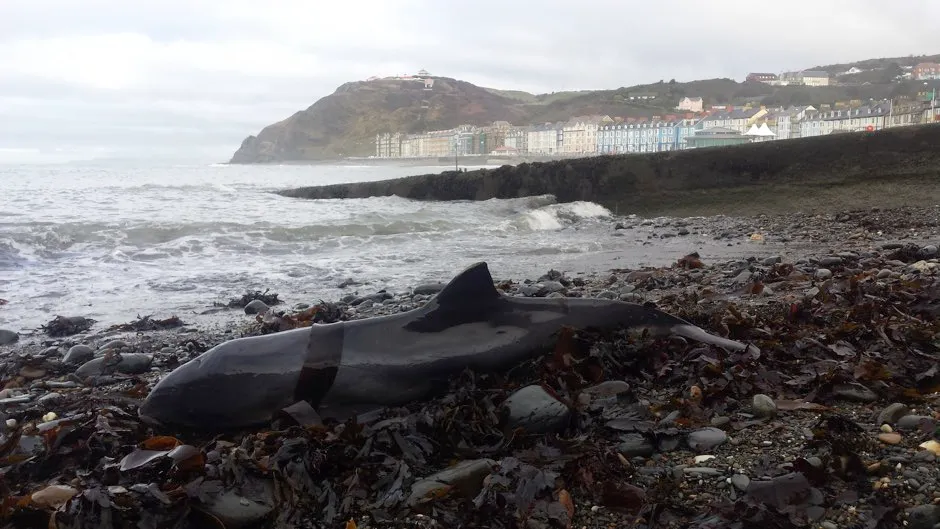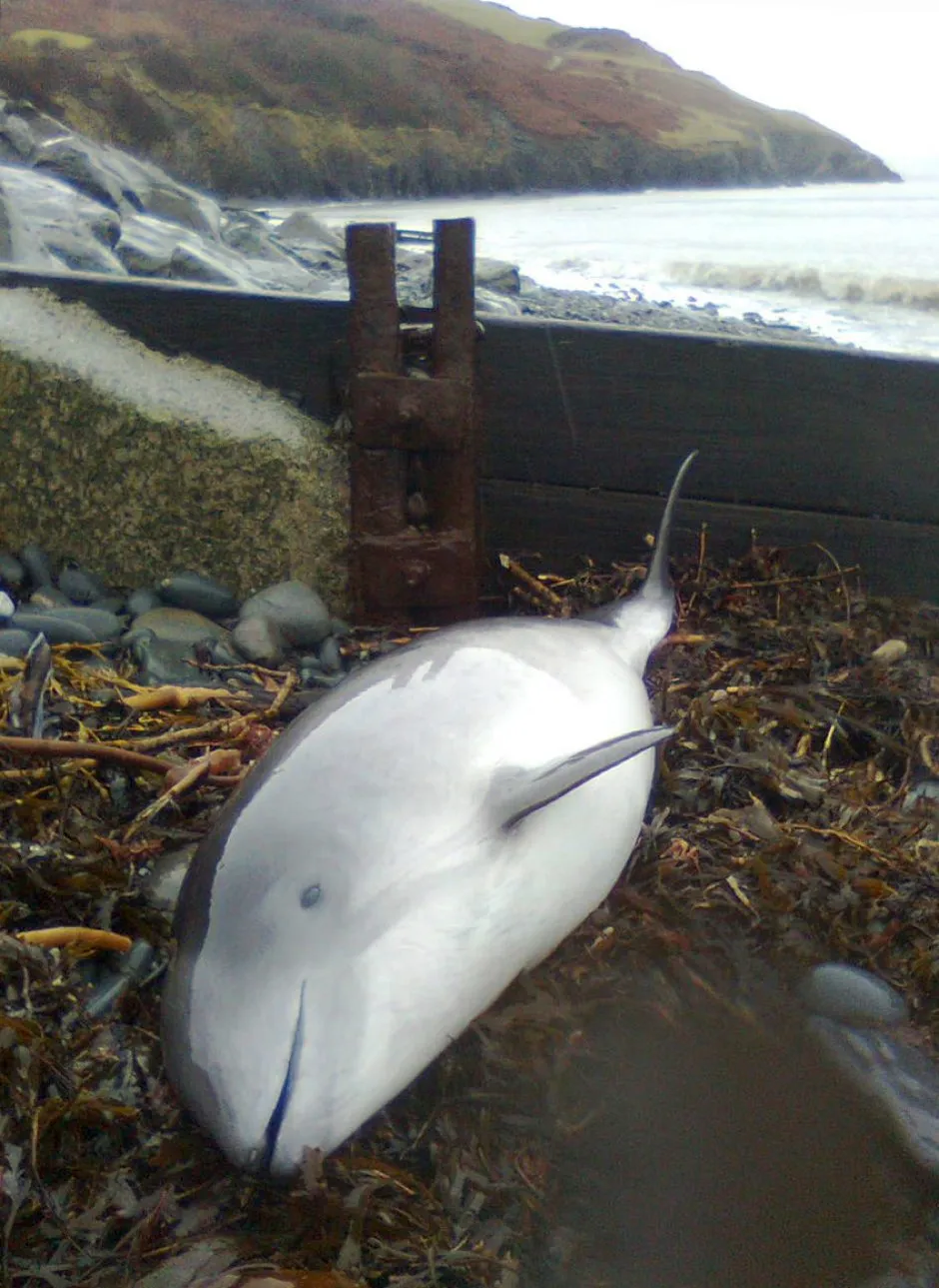Calves from a species of porpoise are being exposed to neurotoxic chemicals in their mothers’ milk, scientists have found.
The harbour porpoise calves in waters around the UK carry a more neurotoxic cocktail of pollutants than their mothers, a study suggests.New research shows that the 209 variants of Polychlorinated biphenyls (PCBs) have varied levels of persistence in marine mammals.
Some types of the chemicals are less toxic and more efficiently metabolised than others throughout an animal’s lifetime.
However, the most persistent toxins remain in the mother’s body until they are passed on to their babies through lactation.This exposes the calves to dangerous levels of the pollutants which are particularly toxic during brain development.
PCBs were once widely used in the electrical industry, surface coatings and paints before being banned in Europe in the mid-1980s due to their toxic effects on both people and wildlife.
Read more about cetaceans:
- Blue whales' heart rate can drop to just 2 beats per minute
- Dolphins show signs of dominant right flipper
The study, published in Science of the Total Environment, is led by scientists from the Zoological Society of London (ZSL) and Brunel University London as part of the Cetacean Strandings Investigation Programme (CSIP).
Rosie Williams, lead author and PhD Researcher at ZSL’s Institute of Zoology and Brunel University, said: “It’s a tragic irony that juvenile porpoises are being exposed to a toxic cocktail of chemicals during feeding – when all they’re supposed to be getting are the vital nutrients they need for the crucial developmental stage of their life.
“Previously, scientists tended to monitor PCB concentrations by grouping them together and treating them as one chemical, but as we know, they’re a group of chemicals with different toxicity levels so it was a bit like trying to measure how much caffeine someone’s had – without knowing whether they drank three cans of Red Bull or three cups of tea.

“Our study has highlighted the need to change our approach to monitoring PCBs, to look at the composition of individual chemicals, so that we can get a better understanding of the risk posed by these chemicals to our marine wildlife.
“Studying PCB exposure in more abundant species like porpoises, helps us to predict their effects in more vulnerable species already low in numbers; such as our native population of orcas in the UK that are facing extinction because of PCBs, with only eight remaining.
“As top predators, killer whales are exposed to some of the highest levels of PCBs, because there is an accumulative effect of PCBs as you go up the food chain.
“It’s obvious that marine mammals are still experiencing the lingering impacts of PCBs, so identifying the sources and pathways they’re entering our oceans is a vital next step to preventing further pollution.”
Why are more and more whales and dolphins beaching around the UK?
Nearly 5,000 whales, dolphins and harbour porpoises were stranded on shores around the UK in the years 2011-2017, according to a report published in September by the UK Cetacean Strandings Investigation Programme (CSIP), a number which is up 15 per cent from the previous period.
Though 132 of the animals were refloated, many died as a result of human activity, says lead researcher Rob Deaville. “Bycatch and entanglement are the main direct man-made drivers of mortality,” he explains. Whales and dolphins can get caught up in fishing lines and nets, which causes easily identifiable injuries. Ship-strike is another common cause of death that’s readily detectable.
Whales and dolphins can also ‘beach’ as a result of illness, often caused by parasites, starvation or human pollution. “Chemical pollution can cause issues, because some of these contaminants can affect the immune system,” Deaville explains.
The highest levels of PCBs are often found in odontocetes (toothed whales) that are high up in the food chain, where they can cause suppression of the immune and reproductive systems and have contributed to population declines of several species in some regions.
Harbour porpoises accumulate some of the highest levels of PCBs because they are long-lived mammals that feed at a high trophic level.
Studies typically use the sum of a suite of individual 24 chlorobiphenyl congeners (CBs) to investigate PCBs in wildlife, scientists say.

Between 1992 and 2015, blubber congener concentrations were determined for 696 UK stranded harbour porpoises. Detailed and standardised necropsies were carried out and researchers found that adult females had a greater proportion of the highly chlorinated congeners while juveniles had a greater proportion of the less chlorinated congeners.
According to previous studies, lower-chlorinated congeners are the most neurotoxic.
